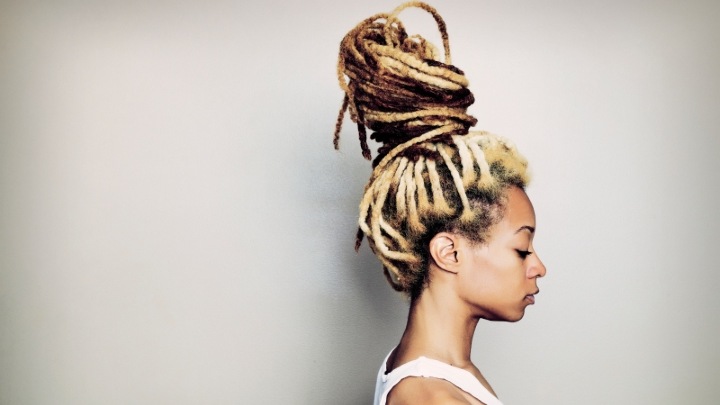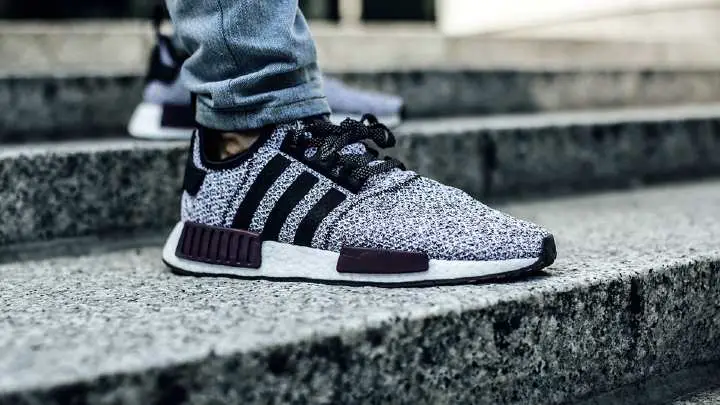Dreadlocks also called locs or dreads are as old as early men. It is believed that dreadlocks started from the cavemen who didn’t have access to straighten their hair with combs, therefore, causing the hair to knot together and this brought about the assumption that dreadlocks are dirty.
Now it has become a part of our fashion and you should know everything about it especially if you carry locs or intend to.
Dreadlocks have been a topic for most of the common hair misconceptions as people believe all dreadlocks are dirty. Do you want to know more about dreadlocks? Read the article below to find answers to your questions about locs.
Are Dreadlocks Dirty?
Dreadlocks are not dirty. Just like regular hair, dreadlocks become dirty when it is not properly taken care of. Proper hair care routine determines how clean your locs will be.
There are dirty dreadlocks and there are also clean ones. Therefore, dreadlocks shouldn’t be generalized as dirty or associated with only people with poor personal hygiene.
Why Do People Think Dreadlocks Are Dirty?
People believe dreadlocks are dirty because of the change of color over time which can happen naturally or through chemical changes.
Dreadlocks change color when they come in contact with hydrogen peroxide, chlorine, and chemical dyes. They begin to lose their shine, and natural color and look dull over time.
Furthermore, they look dirty when you neglect them. Neglecting your locs makes it look not just dirty but also smell bad. You should properly care for your locs to avoid looking unkempt.
SEE: How to Dread an Afro in 3 Easy and Natural Methods to Change Your Look
Misconceptions About Dreadlocks
1. Dreadlock can’t be washed
People assume that anyone with dreadlocks can not wash the hair because of the thickness of the locked hair and sometimes the length.
But this is not true as you can wash dreadlocks as often as you wash straight hair.
You should care for your dreadlocks to be able to enjoy their beauty.
2. Only black people have dreadlocks
Another common misconception is that only black people can have dreadlocks. Although, due to the texture of black hair, it’s easy to assume that only black people can have dreadlocks.
This misconception is false. Anybody can loc their hair if they choose to regardless of ethnicity, race, or color.
3. Dreadlocks are expensive to maintain
This misconception is false and you shouldn’t believe it. Only dreads made from dread perms are expensive to maintain.
But regular dreads made from backcombing, brush rubbing, twist, and pin methods are not expensive to maintain.
You can get dreadlocks without worrying about the high cost of maintaining them.
4. You must shave your hair to remove dreadlocks
This is the biggest misconception about dreadlocks. You must not shave off your hair to remove dreadlocks. There are many options to choose from when you’re ready to take your locs out.
You can cut your hair or shave it completely only if you don’t care about losing your hair.
Another option is to cut a few inches of your hair depending on how long your dreads are and soak what’s left in dread removal cream. Then you comb it out until it is straight.
You can also soak your dreads in dread removal cream for hours and comb it out gently until your hair is straight. This method is best for those who still want to keep their hair.
The only downside is how long it takes to get it done. But the time spent is worth every inch of hair.
5. Dreadlocks are for rastas only
This is another common misconception about dreadlocks. People believe the rastas started dreadlocks and only they should wear them.
But that’s not true. Not only rastas can have dreadlocks. You can choose to loc your hair regardless of being a rasta or not.
6. Dreadlocks damage the scalp
False, dreadlocks can not damage your scalp. Just like when you braid your hair or keep it straight, your scalp feels your dreadlocks the same way.
Dreadlocks start about 1 inch away from the scalp so it doesn’t harm your scalp in any way. Especially when it is well kept.
SEE: How to Style Dreadlocks That Are In Trend
7. Neglecting dreadlocks make it look natural
False, not caring for your dreads only makes your hair look rough and dirty. You must prioritize caring for your dreadlock every day.
There are several methods of caring for your locs while making them look as natural as possible.
You can try Backcombing, Brush Rubbing Twist and Pin, Twisting, Twist and Rip, and Dread Braiding to make it look natural.
8. You don’t comb your hair
This is just you neglecting your hair and the outcome causes more harm to your hair. You can have dreadlocks without making your hair or scalp suffer for it.
Not combing your hair would only cause dandruff and the dreads won’t form the way they should. You’d only end up with very tangled and unkempt hair.
9. Anyone with dreadlocks is dirty
Having dreadlocks doesn’t automatically mean you’re a dirty person. Although not everyone with dreadlocks keeps it clean or has good personal hygiene, it is bad to assume because every other dread owner is dirty.
10. You can only make dreadlocks using short hair
This misconception is not true. You don’t have to cut your hair to start growing your dreadlocks. Only people who have over-exposed their hair to dyes and chemicals should consider cutting their hair before locking it. Because their hair is no longer strong enough to undergo dreadlocking.
SEE: Can You Wash Dreadlocks? How to Care For Your Locs
How to Keep Your Dreadlocks Clean
1. Wash your hair
This is important to keep your hair clean. You must wash your hair as often as regular hair is washed. Not washing your dreads only gives room for dandruff, and mold growth, and makes it smell.
Do not believe the misconception that says you shouldn’t wash your dreads to make it look natural because it is false.
You can wash your dreads using these steps:
- Use a clarifying residue-free shampoo to start washing the locs. The shampoo will help to remove dirt from the scalp easily
- Next, you work your way into the dread by scrubbing the scalp n washing every inch of the locs.
- Continue to wash until you’re sure it is clean.
- Take time to rinse the shampoo out of your hair.
- Finish washing with a suitable conditioner and rinse off after some minutes.
- Lastly, after washing apply a moisturizer and allow it to dry.
2. Always keep them dry
Always keep your locs dry at all times except when you wash or moisturize them. In addition, after washing or moisturizing ensure you dry out your hair completely before tying it or covering it.
You can completely dry your hair by blow-drying or air-drying it. If you don’t allow your locs to dry completely before tying or covering it, it’ll start smelling bad and you’ll start noticing mold growth in your hair.
3. Don’t over-moisturize
It is essential to moisturize your locs now and then but you must avoid over-moisturizing. Do not apply too much moisturizer and oils as they can keep the hair wet for a longer period and cause mold growth and a bad smell.
4. Cover your hair regularly
Always cover your hair when you’re in a dusty environment or undergoing strenuous activity. This will help it reduce the accumulation of dirt and avoid smelling. Accompany this with regular washing of your hair and be sure to have very clean and well-kempt dreadlocks.
SEE: Simple and Alluring Protective Hairstyles You Should Try
FAQs
Can dreadlocks cause hair loss?
Yes, it can. Heavy dreadlocks facilitate hair loss because it prevents hair from falling off during the hair growth cycle trapping it inside the dreads and adding too much weight to the root of the hair. Whereas, lighter dreadlocks don’t have much effect on hair loss.
How often can you moisturize your dreadlocks?
Once every 2 weeks. Over moisturizing enhances mold growth and makes the hair smell bad. Use natural oils to keep the scalp well moisturized and healthy. Use diluted tea tree oil to nourish the scalp with antifungal properties, and olive or coconut oil to prevent it from being too dry.
What is the best way to sleep with dreadlocks?
The best way to sleep with dreads is to roll them up and cover them with a silk headcover. This will prevent hair breakage and further tangling while tossing and turning during sleep.
What makes dreadlocks very dry?
Dreadlocks become very dry when they’re not properly cared for. Neglecting the hair, applying harsh hair products, and exposing the hair to harsh chemicals like chlorine makes the locs and even scalp very dry.
Conclusion
Although there are many misconceptions about dreadlocks, both males and females still opt for them because of how fashionable it is.
As long as you prioritize caring for your locs, you can be sure they won’t look dirty due to neglect or smell bad.
Thanks for reading.
Visit Africana Fashion to read interesting articles on beauty and hair.







